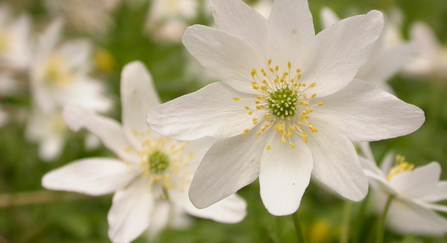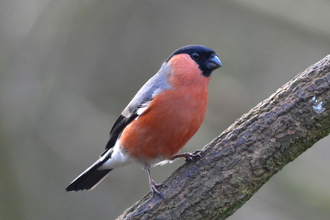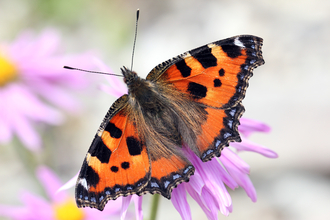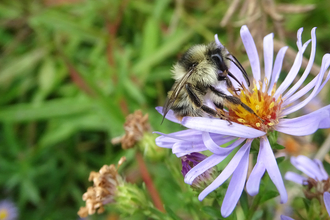So, in the mid-1990s, a new road was carved through Farley Dingle, creating new geological exposures (to the delight of geologists) but destroying some tiny wildflower-rich meadows.
In advance of the bulldozers 2 or 3 of us rescued some of the wildflowers. There were cowslips, primroses, lily of the valley, autumn crocus, orchids and wood anemones to name but a few. Most went to schools with wildlife areas, but a few made it home with me to my garden.
Now, every spring, heralded by the dawn chorus, my garden bursts into floral life. Surprisingly, all the rescued flowers (with the exception of the orchids) have thrived. But the flowers that bring me the greatest joy are the wood anemones.





